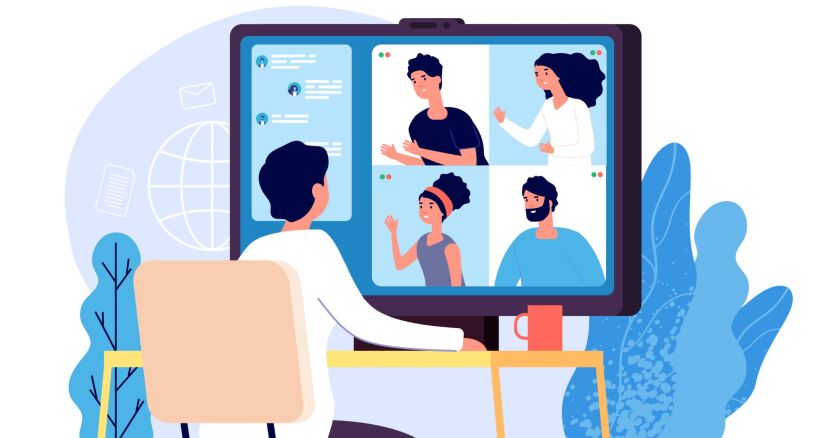Although some government entities have returned to in-person meeting structures since the start of the COVID-19 pandemic, some experts underline the value of opting to keep the virtual meeting structure. However, some limitations exist related to accessibility and public comments capabilities.
The report, published Aug. 23, identifies four key areas for government to consider to effectively encourage civic participation: internal preparation, external outreach, effectively holding space and follow-up.
Internal preparation involves having an understanding of the extent of an organization’s public involvement, appropriate stakeholders, the needs and limitations of technology, and the internal roles. This piece also involves testing technologies that may be used for remote meetings to ensure it is both accessible and secure.
External outreach involves local governments considering their target audience and how different methods may reach that audience. Using multiple avenues of outreach is likely to help expand participation and could include social media, email and traditional media. The report also underlines the value of public Internet access to combat the digital divide as a part of civic engagement.
Effectively holding space, according to the report, requires government officials to take proactive measures to set meeting guidelines so that all parties have equitable opportunities to participate. This includes using assistive technology for accessibility, as well as setting clear agendas.
Finally, follow-up requires government officials to create multiple avenues for feedback. The report suggests officials reach out to participants after meetings and seek feedback. Multiple methods should be used to do so.
The report aims to be a resource for elected leaders, government agencies and staff, and citizens in what it refers to as a “post-COVID world.” It was created through interviews with local officials, community-based organizations and government associations.
The report also offers best practices for using digital tools to improve civic engagement. For example, prior to a public meeting, government should do an Internet speed test and ensure software is up to date, and that live transcription is turned on if available.
It also includes an accessibility checklist for virtual meetings, prompting officials to ask questions to ensure platforms are accessible to people with disabilities.
The report underlines research from a 2017-2021 American Community Survey, which found that more than 1 in 10 U.S. households lack an Internet connection. This is one of the major limitations hampering online meetings.
Also, government organizations may have varied technological capacity. For example, some entities may have the ability to livestream meetings with real-time captions in multiple languages; other entities may struggle to use a personal computer to broadcast a meeting. With these discrepancies, the report suggests officials should be proactive and transparent in addressing possible issues and limitations.
The report suggests government entities should test remote meeting capabilities internally prior to holding a remote public meeting.














